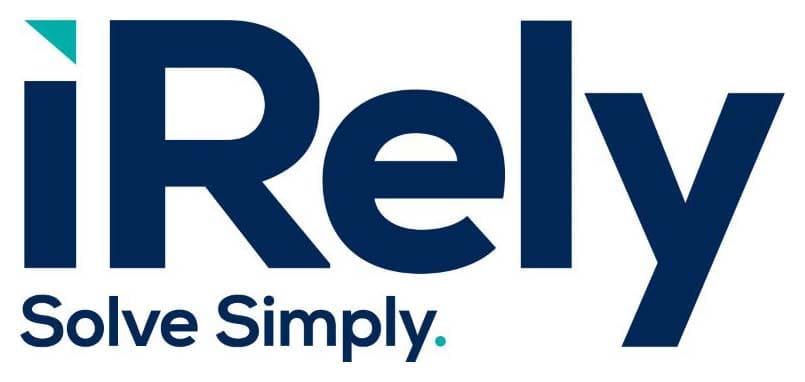In a February 2021 survey of FCIA (Fine Chocolate Industry Association) members, supply chain disruptions ranked as a top challenge in 2021. Over half of the survey participants reported that their businesses are better or significantly better than in March 2020, enabling them to move past worries of surviving the pandemic and focus on long-term strategies for managing supply chain disruptions like Covid-19 and the recent Suez Canal blockage.
Commodity procurement was challenging before the pandemic, with food and beverage manufacturers facing trade wars, tariffs and constantly changing regulations. Consumer preferences are always evolving, including increased demand for ethically and sustainably sourced raw materials. And it’s not just about getting the right products on time. An estimated 40 to 60 percent of manufacturing costs are related to raw material costs, so procuring resources at the wrong price significantly impacts profits.
Thanks to Covid-19, cocoa faced additional challenges in 2020, from limitations on travel and transport to delays in payment, certification, and a shortage of supplies. Supply chain disruptions are a huge problem for manufacturers that procure raw materials that must travel long distances to reach manufacturing plants.
The answer lies with real-time, connected data.
Effective supply chain management requires connected, real-time data. To truly optimize your supply chain, you need to know the status of all your commodities across your entire supply chain in real time. You need to know what commodities you need, how much of each commodity is currently on order and secured in contracts, what is in inventory and what commodities are in transit.
With the proliferation of internet accessibility, IoT sensors, etc., tracking commodities from farm to manufacturer is possible. Bringing all this data together in a comprehensive commodity management system ensures that everyone in the organization has a complete, accurate picture of every commodity in every stage of the supply chain and enables you to optimize scheduling, transportation, and storage.
Real-time data is also critical for avoiding the worst effects of supply chain disruptions. If you are monitoring your entire supply chain in real time, you know the moment a disruption occurs, and you can quickly react.
Combine real-time data with business intelligence, and you can run simulations to evaluate potential options. If a ship is blocking the Suez Canal, what are your other options? Is there another route you can take, and how would that impact your costs, profits, production schedules, and deadlines? Simply run some simulations to determine the best course of action for your business.
In fact, using business intelligence powered by AI you can run simulations long before disruptions occur to test potential scenarios and better prepare for possible disruptions. You can monitor changing global politics, shifting fuel prices and trade wars in real time and run simulations to assess alternatives. You know it’s possible for ships to get stuck in the Suez Canal, how does that impact your transportation options? With simulations, you can choose the best options to keep your products moving – profitably.
Additionally, with real-time data you can set up alerts to let you know the moment commodity markets change, enabling you to act fast to mitigate risk. Market shocks could be caused by a supply chain disruption, political upheaval, or bad weather; but the moment a threshold you define is breached, you can receive an alert and act.
To combat the threat of supply chain disruptions, chocolate companies must invest in real-time data and connect that data across the entire supply chain. Complete visibility, combined with the ability to analyze potential disruptions, could be the difference between a catastrophic disruption and a minor inconvenience.
Contact iRely today to learn how we can help you secure your cocoa supply chain.
